Here Are 3 Pivotal Moments In Workers’ History To Remember This Labor Day

Enlarge this image
Striking members of the Professional Air Traffic Controllers Organization hold a rally on Aug. 6, 1981, on Long Island, N.Y. Nearly 13,000 air-traffic controllers walked off the job and most were fired by President Ronald Reagan after refusing to return to work.
Yvonne Hemsey/Getty Images
hide caption
toggle caption
Yvonne Hemsey/Getty Images

National
Why We Celebrate Labor Day And Other Facts About The Holiday You Might Not Know
Three moments in labor history, in particular, are central to U.S. history, the modern labor movement, and today’s workplace, according to history and labor scholars.
«As we face challenges of growing levels of wage and income inequality, hazardous working conditions in the midst of COVID, there are lessons we can learn from the past, Harold told NPR.

Enlarge this image
More than 1,000 janitors with the Service Employees International Union rally and march as their contracts expire ahead of a potential strike on Sept. 1, 2021, in Los Angeles.
Frederic J. Brown/AFP via Getty Images
hide caption
toggle caption
Frederic J. Brown/AFP via Getty Images

Fire fighters try to put out the 1911 catastrophic fire at the Triangle Shirtwaist Factory Building which killed 146 workers as a result of looked doors and missing fire escapes.
George Rinhart/Corbis via Getty Images
hide caption
toggle caption
George Rinhart/Corbis via Getty Images
Years before the fire, garment workers across the city went on strike to improve workplace conditions and wages. While many factories reached a union agreement with workers to improve conditions, the Triangle Shirtwaist Factory did not.
On March 25, as the workday was ending, a fire broke out on the 8th floor. With buckets of spare fabric and shirts hanging from the ceiling, the flames quickly spread to the upper floors, trapping workers desperate to get out.
But doors to the stairwells were locked, a common practice at the time so bosses could prevent unauthorized breaks and alleged theft. The foreman with the keys to unlock the doors managed to escape, leaving hundreds of others behind.
The workers either succumbed to the smoke and flames or leapt from the building’s high windows down to the streets below. That day, 146 garment workers, 123 women and girls and 23 men died. Most of the victims were recent Italian or Jewish immigrants.

Enlarge this image
Family members arrive at the New York City morgue to identify the bodies of victims of the Triangle Shirtwaist Company Fire that killed 146 factory workers, mainly young immigrant women.
Bettmann Archive
hide caption
toggle caption
Bettmann Archive

Enlarge this image
Miners and steel workers parade through Farrell, Pa., on May 1, 1937, to celebrate the upholding of the Wagner Act which protects workers’ rights to form and join unions.
AP
hide caption
toggle caption
AP

Politics
House Democrats Pass Bill That Would Protect Worker Organizing Efforts
About a year after Roosevelt signed the law, working-class organization in generally took off, especially among Black, white, Native American, and female workers in the South, Harold said. By the end of World War II, more than 12 million workers belonged to unions.
Decades later, the law was amended to include more workers in professional sports and nonprofit hospitals and nursing homes. Crucially though, farmworkers and domestic workers — in jobs often done by Black and Latino workers — are still left out of the NLRA and are not allowed to organize for the purpose of collective bargaining.
Today, unions are still trying to expand national labor law with the Protecting the Right to Organize Act — the labor movement’s single biggest legislative priority in this Congress.

Enlarge this image
President Franklin D. Roosevelt signs the National Labor Relations Act in 1935.
MPI/Getty Images
hide caption
toggle caption
MPI/Getty Images

Enlarge this image
Members of PATCO, the air traffic controllers union, hold hands and raise their arms as their deadline to return to work passes. All strikers were fired on the order of President Reagan on Aug. 5, 1981.
Bettmann/Bettmann Archive
hide caption
toggle caption
Bettmann/Bettmann Archive
Members of PATCO, the air traffic controllers union, hold hands and raise their arms as their deadline to return to work passes. All strikers were fired on the order of President Reagan on Aug. 5, 1981.
Bettmann/Bettmann Archive
Forty years ago, on Aug. 3, nearly 13,000 air-traffic controllers walked off the job after negotiations with the federal government over pay and work hours proved fruitless.
President Ronald Reagan, a former labor union president himself, called the strike illegal and threatened to fire any worker who didn’t return to work within 48 hours.
Planet Money
Looking Back On When President Reagan Fired The Air Traffic Controllers
Reagan carried out his threat two days later, when he fired more than 11,000 air traffic controllers who hadn’t returned to work. He also declared a lifetime ban on rehiring the strikers by the Federal Aviation Administration.
DeVault says this was one of the most devastating blows to organized labor.
«Once the president of the United States made this move toward his workers, private-sector employers began following in his footsteps, she said. Workers began to fear striking or unionizing out of concern for their jobs.
Decades later, 10.8% of U.S. workers belong to unions, according to the Bureau of Labor Statistics. That’s about half what it was in 1983, the first year for which comparable data is available.
- workers
- Labor Day
Обсудим?
Смотрите также:

